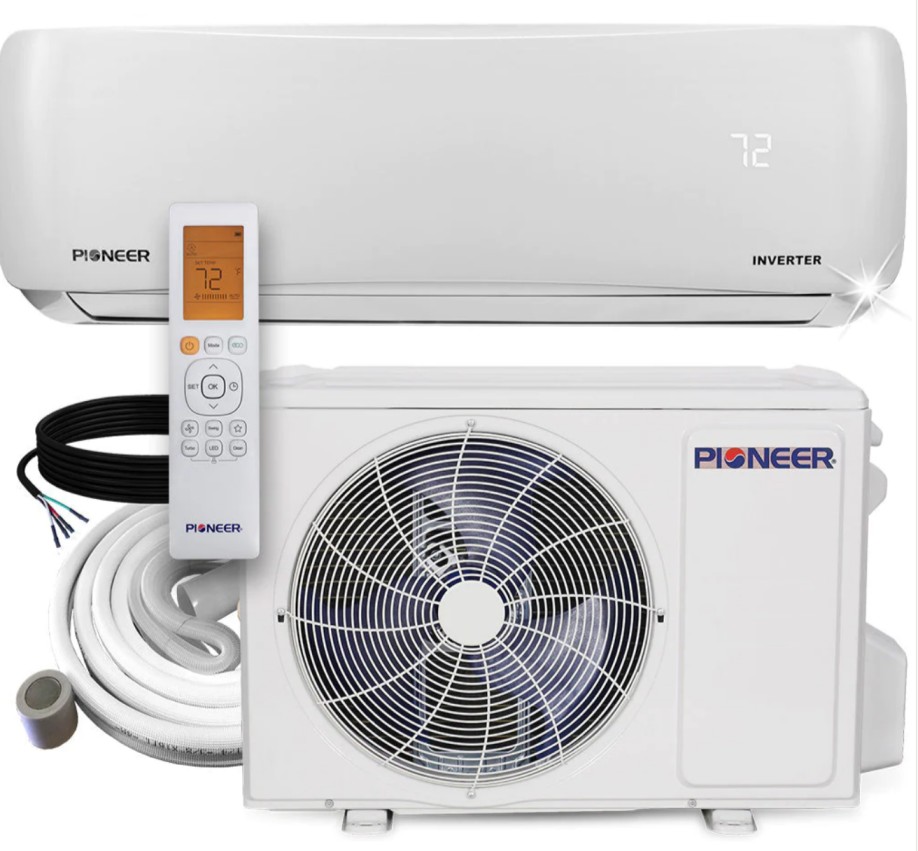Overriding a Pioneer thermostat can be a temporary solution to bypass its functionality, allowing you to control your HVAC system manually. This guide will provide you with a detailed, step-by-step approach to overriding your Pioneer thermostat for cooling, heating, or fan bypass, while emphasizing the importance of safety and proper troubleshooting.
Understanding the Thermostat Bypass Process
Bypassing a Pioneer thermostat involves directly connecting or twisting specific wires together, effectively overriding the thermostat’s control over the HVAC system. This method can be used for cooling, heating, or fan bypass, depending on your specific needs. However, it’s crucial to understand that this should only be a temporary solution, as leaving the thermostat bypassed for an extended period can cause damage to the HVAC system or lead to inefficient operation.
Cooling Bypass

To bypass the Pioneer thermostat for cooling, you’ll need to connect or twist the following wires together:
- R (Red): This wire carries the 24-volt power supply to the thermostat.
- Y (Yellow): This wire is responsible for activating the cooling system.
- G (Green): This wire controls the fan operation.
By connecting or twisting these three wires together, you’re effectively telling the HVAC system to turn on the cooling and the fan, bypassing the thermostat’s control.
Heating Bypass
For heating bypass, you’ll need to connect or twist the following wires together:
- R/RH (Red): This wire carries the 24-volt power supply to the thermostat.
- W (White): This wire is responsible for activating the heating system.
By connecting or twisting these two wires together, you’re telling the HVAC system to turn on the heating, bypassing the thermostat’s control.
Fan Bypass
To bypass the Pioneer thermostat for fan operation, you’ll need to connect or twist the following wires together:
- R (Red): This wire carries the 24-volt power supply to the thermostat.
- G (Green): This wire controls the fan operation.
By connecting or twisting these two wires together, you’re telling the HVAC system to turn on the fan, bypassing the thermostat’s control.
Safety Precautions
When bypassing the Pioneer thermostat, it’s crucial to ensure the power to the indoor unit is turned off to avoid damaging the system or causing a safety hazard. This can be done by turning off the circuit breaker or the power switch on the unit itself.
Additionally, it’s important to note that bypassing the thermostat should only be done as a temporary solution. Leaving the thermostat bypassed for an extended period can cause damage to the HVAC system or lead to inefficient operation. It’s recommended to consult the HVAC system’s manual or a professional technician for proper troubleshooting and repair.
Limitations and Considerations
In some cases, bypassing the Pioneer thermostat may not be possible or may require advanced knowledge of HVAC systems. For example, modern thermostats may have firmware that prevents bypassing, and attempting to bypass them may cause damage to the system or void the warranty.
It’s essential to carefully examine your specific HVAC system and thermostat model before attempting to bypass the thermostat. If you’re unsure or encounter any issues, it’s best to consult a professional HVAC technician for assistance.
Conclusion
Overriding a Pioneer thermostat can be a useful temporary solution, but it’s crucial to understand the risks and limitations involved. By following the steps outlined in this guide, you can safely bypass your Pioneer thermostat for cooling, heating, or fan operation, while ensuring the safety of your HVAC system. Remember, this should only be a temporary fix, and it’s always best to consult the HVAC system’s manual or a professional technician for proper troubleshooting and repair.
